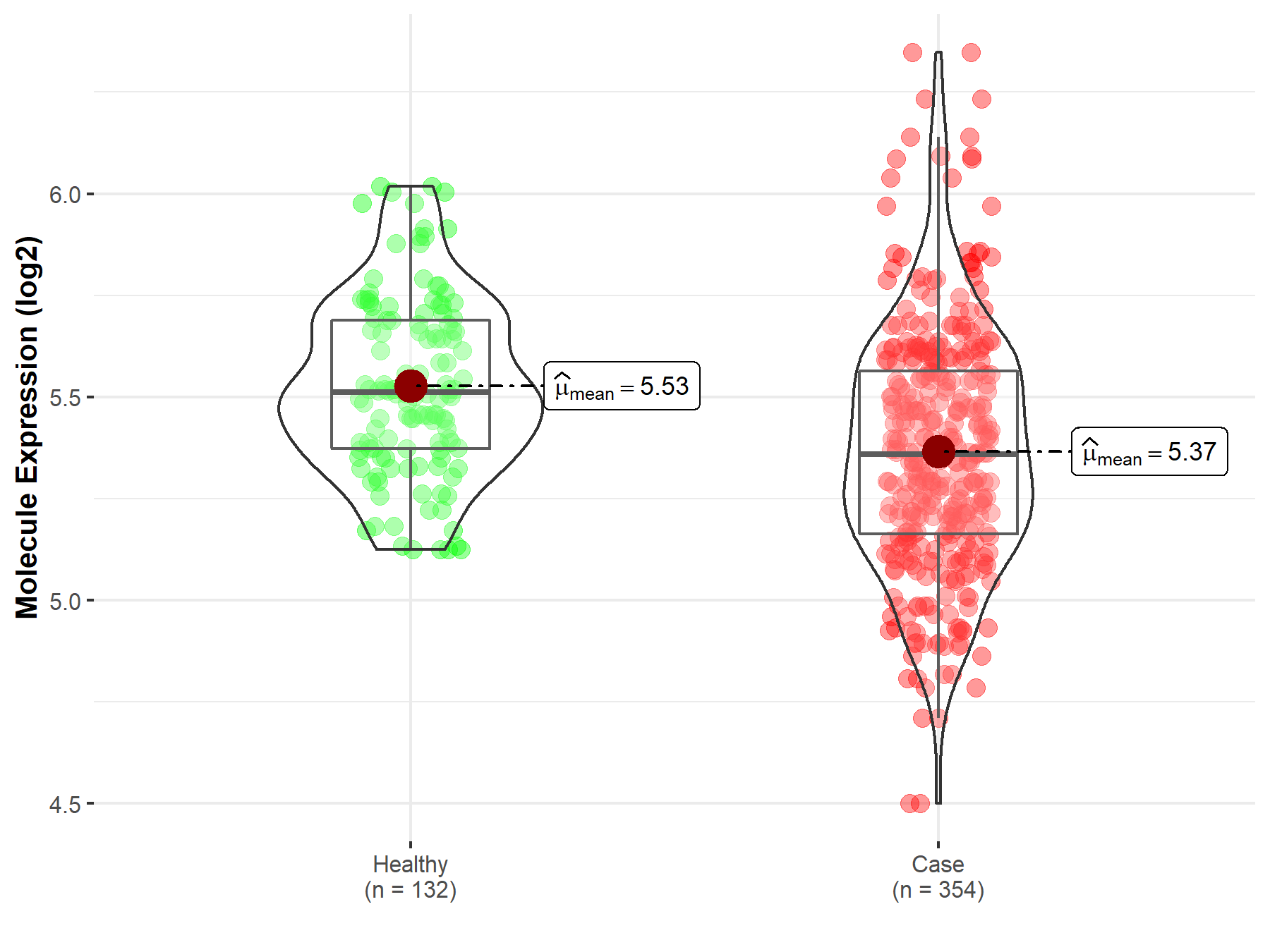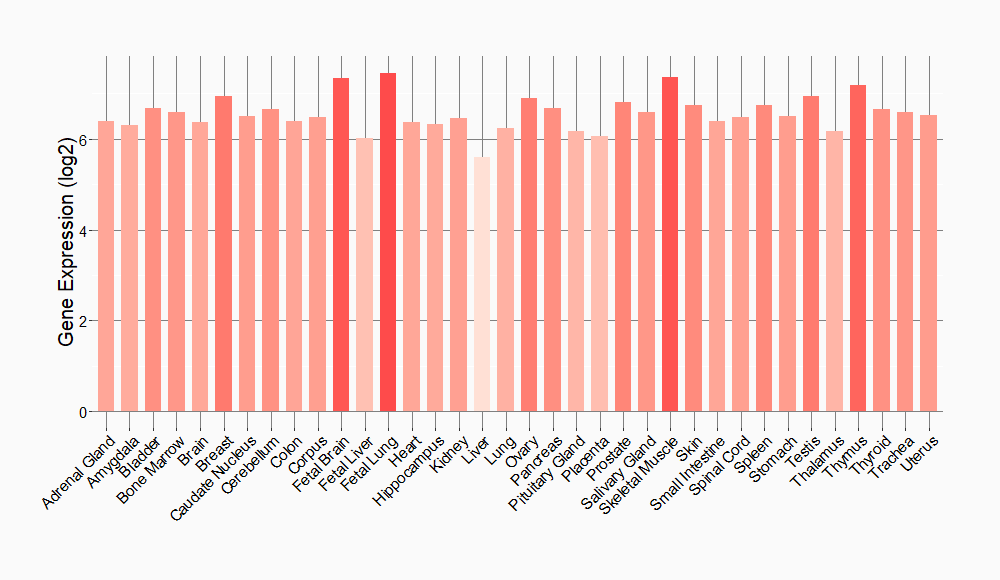Molecule Information
General Information of the Molecule (ID: Mol00273)
| Name |
CREB-binding protein (CREBBP)
,Homo sapiens
|
||||
|---|---|---|---|---|---|
| Synonyms |
Histone lysine acetyltransferase CREBBP; Protein-lysine acetyltransferase CREBBP; CBP
Click to Show/Hide
|
||||
| Molecule Type |
Protein
|
||||
| Gene Name |
CREBBP
|
||||
| Gene ID | |||||
| Location |
chr16:3725054-3880713[-]
|
||||
| Sequence |
MAENLLDGPPNPKRAKLSSPGFSANDSTDFGSLFDLENDLPDELIPNGGELGLLNSGNLV
PDAASKHKQLSELLRGGSGSSINPGIGNVSASSPVQQGLGGQAQGQPNSANMASLSAMGK SPLSQGDSSAPSLPKQAASTSGPTPAASQALNPQAQKQVGLATSSPATSQTGPGICMNAN FNQTHPGLLNSNSGHSLINQASQGQAQVMNGSLGAAGRGRGAGMPYPTPAMQGASSSVLA ETLTQVSPQMTGHAGLNTAQAGGMAKMGITGNTSPFGQPFSQAGGQPMGATGVNPQLASK QSMVNSLPTFPTDIKNTSVTNVPNMSQMQTSVGIVPTQAIATGPTADPEKRKLIQQQLVL LLHAHKCQRREQANGEVRACSLPHCRTMKNVLNHMTHCQAGKACQVAHCASSRQIISHWK NCTRHDCPVCLPLKNASDKRNQQTILGSPASGIQNTIGSVGTGQQNATSLSNPNPIDPSS MQRAYAALGLPYMNQPQTQLQPQVPGQQPAQPQTHQQMRTLNPLGNNPMNIPAGGITTDQ QPPNLISESALPTSLGATNPLMNDGSNSGNIGTLSTIPTAAPPSSTGVRKGWHEHVTQDL RSHLVHKLVQAIFPTPDPAALKDRRMENLVAYAKKVEGDMYESANSRDEYYHLLAEKIYK IQKELEEKRRSRLHKQGILGNQPALPAPGAQPPVIPQAQPVRPPNGPLSLPVNRMQVSQG MNSFNPMSLGNVQLPQAPMGPRAASPMNHSVQMNSMGSVPGMAISPSRMPQPPNMMGAHT NNMMAQAPAQSQFLPQNQFPSSSGAMSVGMGQPPAQTGVSQGQVPGAALPNPLNMLGPQA SQLPCPPVTQSPLHPTPPPASTAAGMPSLQHTTPPGMTPPQPAAPTQPSTPVSSSGQTPT PTPGSVPSATQTQSTPTVQAAAQAQVTPQPQTPVQPPSVATPQSSQQQPTPVHAQPPGTP LSQAAASIDNRVPTPSSVASAETNSQQPGPDVPVLEMKTETQAEDTEPDPGESKGEPRSE MMEEDLQGASQVKEETDIAEQKSEPMEVDEKKPEVKVEVKEEEESSSNGTASQSTSPSQP RKKIFKPEELRQALMPTLEALYRQDPESLPFRQPVDPQLLGIPDYFDIVKNPMDLSTIKR KLDTGQYQEPWQYVDDVWLMFNNAWLYNRKTSRVYKFCSKLAEVFEQEIDPVMQSLGYCC GRKYEFSPQTLCCYGKQLCTIPRDAAYYSYQNRYHFCEKCFTEIQGENVTLGDDPSQPQT TISKDQFEKKKNDTLDPEPFVDCKECGRKMHQICVLHYDIIWPSGFVCDNCLKKTGRPRK ENKFSAKRLQTTRLGNHLEDRVNKFLRRQNHPEAGEVFVRVVASSDKTVEVKPGMKSRFV DSGEMSESFPYRTKALFAFEEIDGVDVCFFGMHVQEYGSDCPPPNTRRVYISYLDSIHFF RPRCLRTAVYHEILIGYLEYVKKLGYVTGHIWACPPSEGDDYIFHCHPPDQKIPKPKRLQ EWYKKMLDKAFAERIIHDYKDIFKQATEDRLTSAKELPYFEGDFWPNVLEESIKELEQEE EERKKEESTAASETTEGSQGDSKNAKKKNNKKTNKNKSSISRANKKKPSMPNVSNDLSQK LYATMEKHKEVFFVIHLHAGPVINTLPPIVDPDPLLSCDLMDGRDAFLTLARDKHWEFSS LRRSKWSTLCMLVELHTQGQDRFVYTCNECKHHVETRWHCTVCEDYDLCINCYNTKSHAH KMVKWGLGLDDEGSSQGEPQSKSPQESRRLSIQRCIQSLVHACQCRNANCSLPSCQKMKR VVQHTKGCKRKTNGGCPVCKQLIALCCYHAKHCQENKCPVPFCLNIKHKLRQQQIQHRLQ QAQLMRRRMATMNTRNVPQQSLPSPTSAPPGTPTQQPSTPQTPQPPAQPQPSPVSMSPAG FPSVARTQPPTTVSTGKPTSQVPAPPPPAQPPPAAVEAARQIEREAQQQQHLYRVNINNS MPPGRTGMGTPGSQMAPVSLNVPRPNQVSGPVMPSMPPGQWQQAPLPQQQPMPGLPRPVI SMQAQAAVAGPRMPSVQPPRSISPSALQDLLRTLKSPSSPQQQQQVLNILKSNPQLMAAF IKQRTAKYVANQPGMQPQPGLQSQPGMQPQPGMHQQPSLQNLNAMQAGVPRPGVPPQQQA MGGLNPQGQALNIMNPGHNPNMASMNPQYREMLRRQLLQQQQQQQQQQQQQQQQQQGSAG MAGGMAGHGQFQQPQGPGGYPPAMQQQQRMQQHLPLQGSSMGQMAAQMGQLGQMGQPGLG ADSTPNIQQALQQRILQQQQMKQQIGSPGQPNPMSPQQHMLSGQPQASHLPGQQIATSLS NQVRSPAPVQSPRPQSQPPHSSPSPRIQPQPSPHHVSPQTGSPHPGLAVTMASSIDQGHL GNPEQSAMLPQLNTPSRSALSSELSLVGDTTGDTLEKFVEGL Click to Show/Hide
|
||||
| Function |
Acetylates histones, giving a specific tag for transcriptional activation. Also acetylates non-histone proteins, like DDX21, FBL, IRF2, MAFG, NCOA3, POLR1E/PAF53 and FOXO1. Binds specifically to phosphorylated CREB and enhances its transcriptional activity toward cAMP-responsive genes. Acts as a coactivator of ALX1. Acts as a circadian transcriptional coactivator which enhances the activity of the circadian transcriptional activators: NPAS2-ARNTL/BMAL1 and CLOCK-ARNTL/BMAL1 heterodimers. Acetylates PCNA; acetylation promotes removal of chromatin-bound PCNA and its degradation during nucleotide excision repair (NER). Acetylates POLR1E/PAF53, leading to decreased association of RNA polymerase I with the rDNA promoter region and coding region. Acetylates DDX21, thereby inhibiting DDX21 helicase activity. Acetylates FBL, preventing methylation of 'Gln-105' of histone H2A (H2AQ104me). Functions as a transcriptional coactivator for SMAD4 in the TGF-beta signaling pathway.
Click to Show/Hide
|
||||
| Uniprot ID | |||||
| Ensembl ID | |||||
| HGNC ID | |||||
| Click to Show/Hide the Complete Species Lineage | |||||
Type(s) of Resistant Mechanism of This Molecule
Drug Resistance Data Categorized by Drug
Approved Drug(s)
1 drug(s) in total
| Drug Resistance Data Categorized by Their Corresponding Mechanisms | ||||
|
|
||||
| Disease Class: Acute lymphocytic leukemia | [1] | |||
| Resistant Disease | Acute lymphocytic leukemia [ICD-11: 2B33.0] | |||
| Resistant Drug | Dexamethasone | |||
| Molecule Alteration | Mutation | . |
||
| Experimental Note | Identified from the Human Clinical Data | |||
| Experiment for Molecule Alteration |
Whole-exome sequencing assay; Whole-genome sequencing assay | |||
| Experiment for Drug Resistance |
Flow cytometric analysis assay; MTT assay | |||
| Mechanism Description | However, our analysis of protein-protein interaction networks of relapse-associated mutant factors supports that, at least in part, relapse-associated mutations may converge in common nodes related to escape from DNA damage response(TP53) and glucocorticoid resistance(CREBBP and NR3C1). | |||
|
|
||||
| Disease Class: Acute myeloid leukemia | [2], [3] | |||
| Resistant Disease | Acute myeloid leukemia [ICD-11: 2A60.0] | |||
| Resistant Drug | Dexamethasone | |||
| Molecule Alteration | Mutation | . |
||
| Experimental Note | Identified from the Human Clinical Data | |||
| Experiment for Molecule Alteration |
Next-generation sequencing assay; Exome sequencing assay; Transcriptome sequencing assay; Whole genome sequencing assay; Sanger Sequencing assay | |||
| Experiment for Drug Resistance |
Flow cytometry assay | |||
| Mechanism Description | Several of these alterations are known to induce a more stem cell-like state (eg, IkZF1) or confer resistance directly to specific chemotherapy agents such as CREBBP and glucocorticoids and mutations in the 5-nucleotidase gene NT5C2 and nucleoside a.logs. Many relapse-acquired lesions are enriched in specific pathways, including B-cell development (IkZF1), tumor suppression (TP53),34 Ras signaling, chromatin modification (CREBBP, SETD2),17 and drug metabolism (NT5C2). | |||
Disease- and Tissue-specific Abundances of This Molecule
ICD Disease Classification 02

| Differential expression of molecule in resistant diseases | ||
| The Studied Tissue | Bone marrow | |
| The Specified Disease | Acute myeloid leukemia | |
| The Expression Level of Disease Section Compare with the Healthy Individual Tissue | p-value: 2.84E-10; Fold-change: -1.53E-01; Z-score: -7.05E-01 | |
|
Molecule expression in the diseased tissue of patients
Molecule expression in the normal tissue of healthy individuals
|
||
| Disease-specific Molecule Abundances |

|
Click to View the Clearer Original Diagram |
Tissue-specific Molecule Abundances in Healthy Individuals


|
||
References
If you find any error in data or bug in web service, please kindly report it to Dr. Sun and Dr. Zhang.
